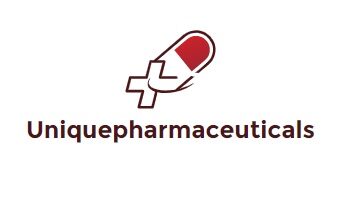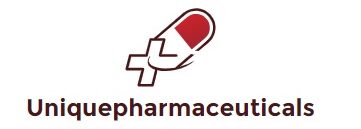Table of Contents
What is Burns and scalds
Burns and scalds are damage to the skin generally brought on by heat. Both are dealt with in the very same method. A burn is brought on by dry heat — by an iron or fire, for instance. A scald is brought on by something damp, such as warm water or steam.
Burns can be really agonizing and might trigger:
- red or peeling skin
- blisters
- swelling
- white or charred skin
The quantity of discomfort you feel is not constantly associated to how major the burn is. Even a really major burn might be fairly pain-free.
Treating Burns and Scalds
To deal with a burn, follow the emergency treatment suggestions listed below:
- right away get the individual far from the heat source to stop the burning
- cool the burn with cool or lukewarm running water for 20 minutes — do not utilize ice, iced water, or any creams or oily compounds like butter
- get rid of any clothes or jewellery that’s near the scorched location of skin, consisting of children’ nappies, however do not move anything that’s adhered to the skin
- ensure the individual keeps warm by utilizing a blanket, for instance, however make sure not to rub it versus the scorched location
- cover the burn by putting a layer of stick movie over it — a tidy plastic bag might likewise be utilized for burns on your hand
- utilize pain relievers such as paracetamol or ibuprofen to deal with any discomfort
- if the face or eyes are scorched, stay up as much as possible, instead of resting– this assists to minimize swelling
- if it’s an acid or chemical burn, call 999, thoroughly attempt to get rid of the chemical and any infected clothes, and wash the afflicted location utilizing as much tidy water as possible
Read more about treating burns and scalds.
When to Get Medical Attention
Depending on how major a burn is, it might be possible to treat it in the house. For small burns, keep the burn tidy and do not rupture any blisters that form. More major burns need expert medical attention.
You must go to a medical facility A&E department for:
- all chemical and electrical burns
- big or deep burns — any burn larger than the hurt individual’s hand
- burns that trigger white or charred skin — any size
- burns on the face, hands, arms, feet, legs or genital areas that trigger blisters
If somebody has actually taken in smoke or fumes, they must likewise look for medical attention.
Some signs might be postponed and can consist of:
- coughing
- an aching throat
- problem breathing
- facial burns
People at higher danger from the impacts of burns, such as kids under 5 years of ages and pregnant females, must likewise get medical attention after a burn or heat.
The size and depth of the burn will be examined and the afflicted location cleaned up prior to a dressing is used. In serious cases, skin graft surgical treatment might be suggested.
Read more about:
- recuperating from burns and scalds
- issues of burns and scalds
Types of Burn
Burns are examined by how seriously your skin is harmed and which layers of skin are impacted.
Your skin has 3 layers:
- the skin — the external layer of skin
- the dermis — the layer of tissue simply underneath, which includes blood capillaries, nerve endings, gland and hair roots
- the subcutaneous fat, or subcutis — the much deeper layer of fat and tissue
There are 4 primary kinds of burn, which tend to have a various look and various signs:
- shallow skin burn — where the skin is harmed; your skin will be red, a little inflamed and agonizing, however not blistered
- shallow dermal burn — where the skin and part of the dermis are harmed; your skin will be pale pink and agonizing, and there might be little blisters
- deep dermal or partial density burn — where the skin and the dermis are harmed; this kind of burn makes your skin turn red and blotchy; your skin might be dry or wet and end up being inflamed and blistered, and it might be really agonizing or pain-free
- complete density burn — where all 3 layers of skin (the skin, dermis and subcutis) are harmed; the skin is frequently scorched away and the tissue beneath might appear pale or blackened, while the staying skin will be dry and white, brown or black without any blisters, and the texture of the skin might likewise be tough or waxy
Preventing Burns and Scalds
Many serious burns and scalds impact children and kids.
Examples of things you can do to help in reducing the probability of your kid having a major mishap in the house consist of:
- keeping your kid out of the cooking area whenever possible
- checking the temperature level of bath water utilizing your elbow prior to you put your child or young child in the bath
- keeping matches, lighters and lit candle lights out of kids’s sight and reach
- keeping hot beverages well away from kids

